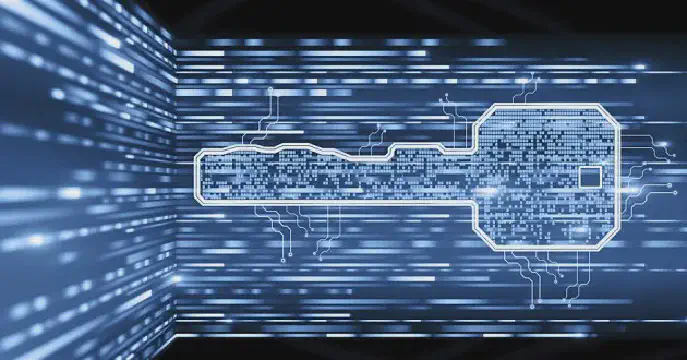Excerpt§
While uncommon, it is possible for CRCs of different data blocks to match, leading to undetected errors. This post covers the causes of CRC collision and techniques to minimize collision probability.
Cyclic redundancy check (CRC) is a commonly used technique for detecting errors in data transmission and storage. A CRC generates a checksum value from the data block being encoded. While uncommon, it is possible for CRCs of two different data blocks to coincidentally match, leading to undetected errors. In this post, we will dive into the details of CRC calculation, factors causing CRC collisions, and methods to verify CRCs properly.
Introduction§
CRC is a type of checksum algorithm that produces a fixed-length code from an arbitrary block of data in order to detect accidental changes to the data. CRCs are ubiquitous and used across many fields including storage devices, network communications, cryptography, and digital forensics.
Under certain circumstances, there is a possibility of CRC ‘collisions’ where different data blocks generate identical CRC values. Let’s understand what causes this.
What is CRC?§
A CRC generates a checksum or hash value from input data using polynomial division and modular arithmetic. Some key properties:
- Applied to binary streams and block codes.
- Output CRC acts as a checksum to verify data integrity.
- CRC is appended or embedded into the data block.
- CRC recalculated on data retrieval to detect changes.
- Wide range of CRC polynomials and algorithms available.
CRCs are simple and efficient to implement in software and hardware for error detection.
CRC Calculation Process§
Here are the basic steps to calculate a CRC:
- The input data block is interpreted as a polynomial.
- The data polynomial is divided by the CRC generator polynomial.
- The remainder of this division is the CRC code.
- The CRC is appended to the data block.
For example, for data 10101 and generator x^3 + 1:
- Data = x^4 + x^2 + 1
- Dividing by generator: x^3 + 1 gives CRC x + 1
- CRC x + 1 is appended to data.
CRC Collision§
A CRC collision occurs when two different data blocks, when encoded, produce the same CRC checksum value. This leads to misdetection of errors since the wrong data may appear valid.
The probability of CRC collisions depends on:
- Length of CRC code - Longer CRCs have lower collision chance.
- Length of data blocks - Short data ranges increase collision likelihood.
- Generator polynomial - Some polynomials have better detection characteristics.
CRC Collision in Different Data Blocks§
Since CRC generating polynomials are finite, there is a possibility of CRC collision between two completely different data blocks.
For example, two data blocks 10101 and 11001, when divided by x^3 + 1, can both result in x + 1 remainder. This makes their CRCs identical even though data is different.
Longer data lengths reduce but do not eliminate chances of such accidental CRC collisions.
Factors Affecting CRC Matching§
Some key factors influence the odds of CRC collisions:
- Data length - More bits means more permutations and lower collision probability.
- CRC polynomial - Optimal polynomials like CRC-32 have excellent detection rates.
- Implementation - Techniques like bit stuffing improves collision resistance.
Matching CRCs from different data is unlikely but possible given these factors.
CRC Verification Techniques§
To minimize issues due to accidental CRC collisions:
- Recompute CRC during retrieval and compare to original.
- Use cryptographic protection of data along with CRCs.
- Utilize longer CRC codes like CRC-32 and CRC-16 to reduce collisions.
- Implement multiple layers of checksums and error detection coding.
Proper verification procedures can mitigate most risks associated with CRC collisions.
Conclusion§
In summary, while uncommon in typical usage, it is possible for CRC codes to match for two entirely different data blocks. Knowledge of the factors contributing to collisions and use of strong verification methods allows building reliable systems using CRCs. When implemented correctly, CRCs remain an efficient and effective data integrity verification tool.















